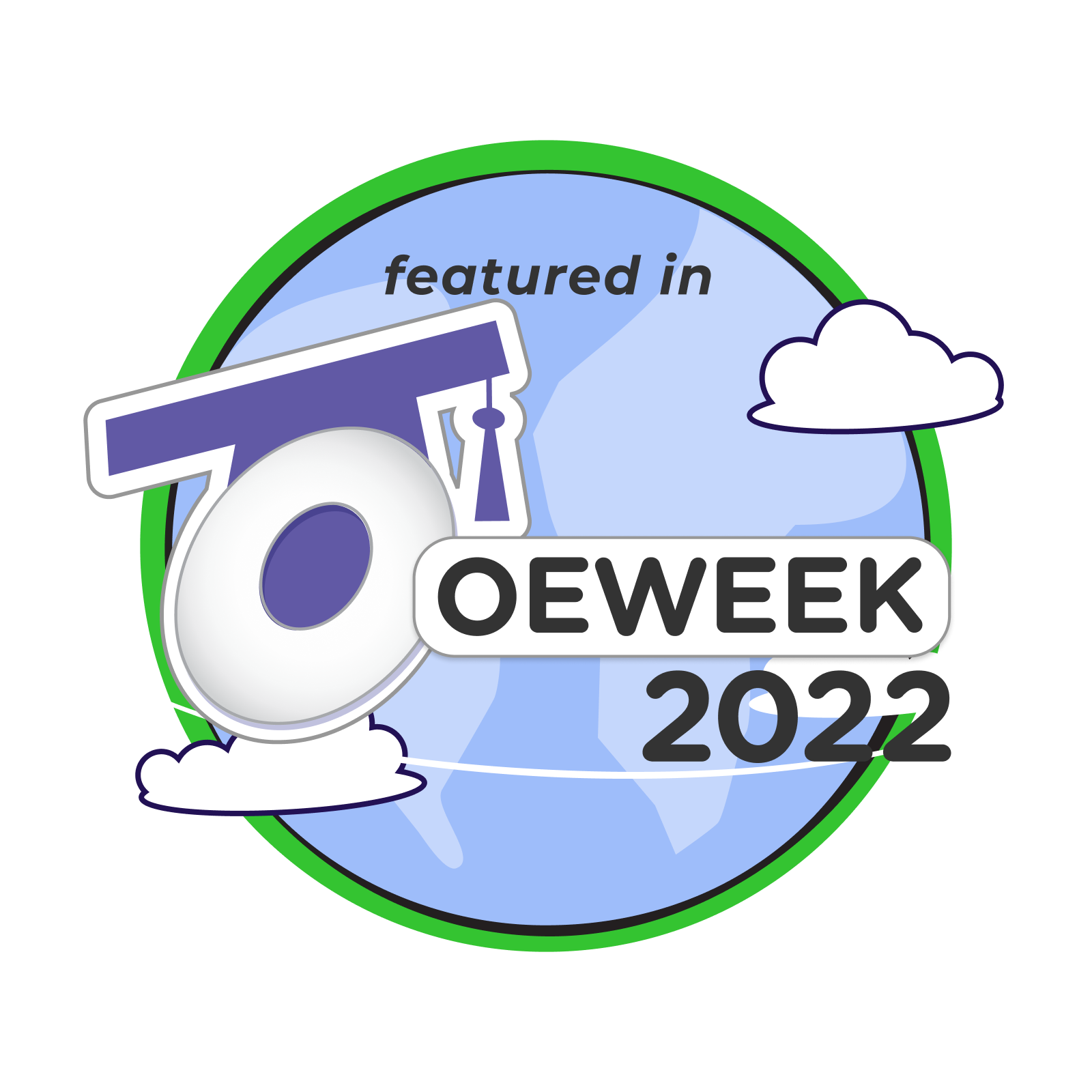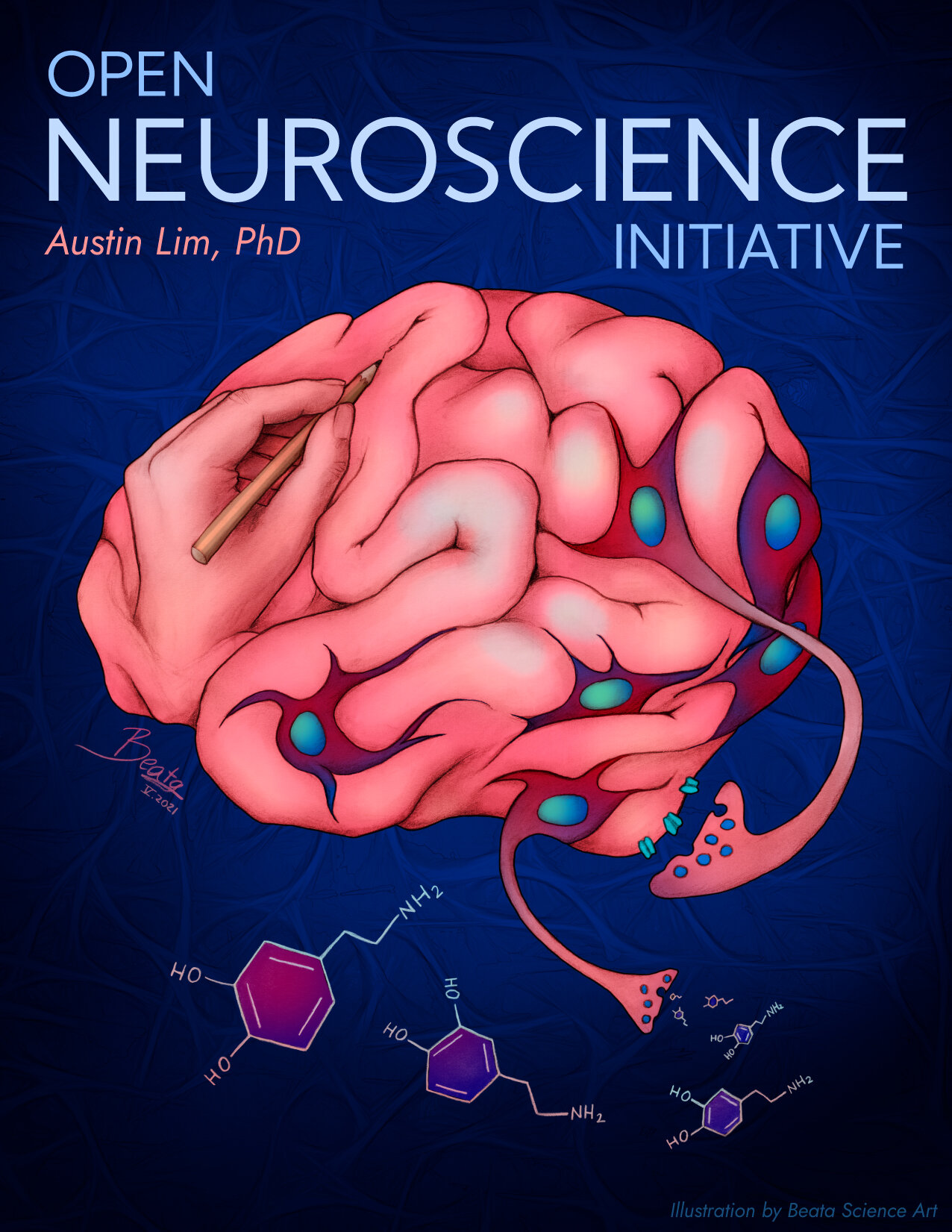About the Open Neuroscience Initiative
The final version of the First Edition was completed on June 30th, 2021. Download it here or by clicking the image on the right toolbar.
Have you adopted this open educational resource for one of your classes? Please let me know by completing the form below.
The Open Neuroscience Initiative is a free to use undergraduate level neuroscience textbook. It is a collaborative effort on behalf of neuroscientists, undergraduate educators, science communicators, publishing experts, and artists.
Traditional educational textbooks can be prohibitively expensive for college students who are enrolled in neuroscience classes. By publishing the Open Neuroscience Initiative as a free to use textbook, my hope is that students will be able to use the information contained within as an alternative to other costly textbooks.
Additionally, I hope that fellow undergraduate educators will find this textbook helpful, and will consider adopting the Open Neuroscience Initiative as the primary course textbook in introductory neuroscience classes to help relieve the financial pressures that the students face.
I envision the Open Neuroscience Initiative as also serving a purpose outside of the academic setting. I believe an easily accessible textbook is a wonderful vehicle by which anyone in the general public is able to learn more about the brain.
The Open Neuroscience Initiative was conceived on May 27th, 2019. The project was officially funded by a grant from the Vincentian Endowment Fund of DePaul University on November 22nd, 2019.
Download links
Unless listed below, works cited are a work in progress.


